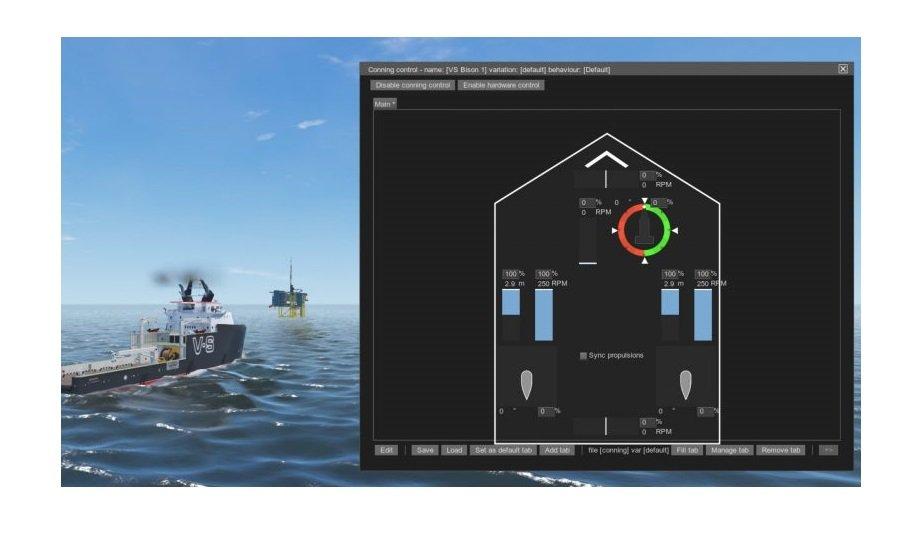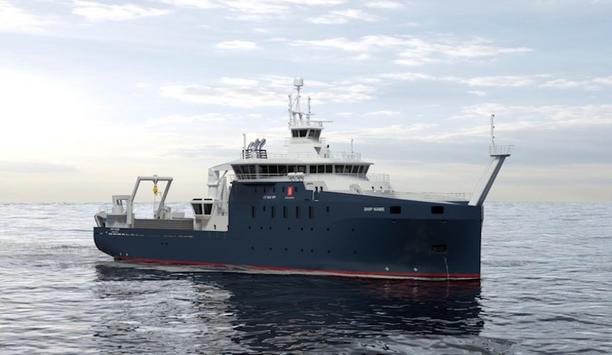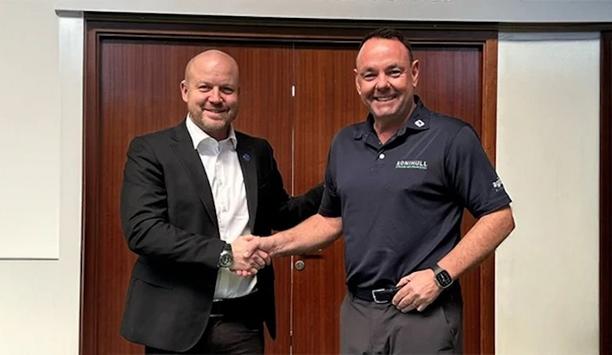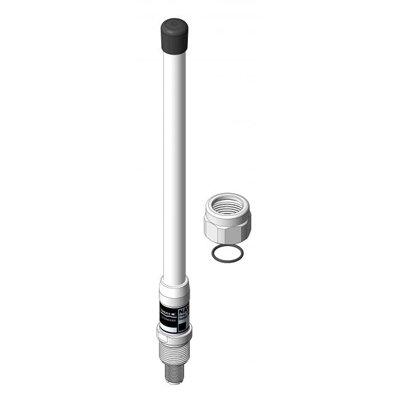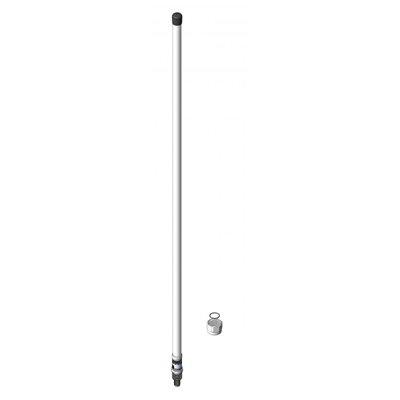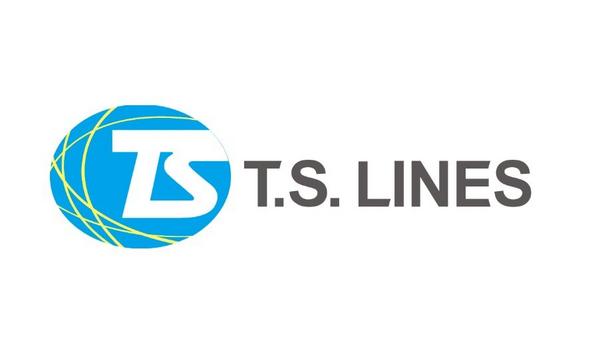This update comes with new features, fixes, and refinements that aim to make training sessions smoother and more immersive, thus contributing to an increased amount of value that trainees can get out of the virtual simulation.
Keeping up high-standards
With visual and behavioural realism, NAUTIS users are ensured they are practicing true-to-life situations
The development process of the NAUTIS platform is tailored to ensure it can always accommodate industry demands. The clients are encouraged to provide feedback, which can be analysed and directly implemented into new software versions. To ensure these changes are accurate and work properly, they pass through the quality assurance department for final checks.
Even the smallest of items such as buoys are put through this process too, for example, to determine if they remain stationary when anchored or allowed to drift based on ocean currents. By having the highest standards of visual and behavioural realism, NAUTIS users are ensured they are practicing true-to-life situations that may occur at sea.
Improving software usability
Both the instructor and trainee require an interface that is easy to understand and work with. The new 3.6 release improves on this point by cleaning up User Interface elements to ensure users can work much more effectively.
This also allows instructors the opportunity to better monitor, evaluate and assess according to the standards of training. Besides this, updates were also made to the radar processing for increased resolution at larger ranges, gain settings, rain, and sea clutter.
Improving vessel system dynamics
Improvements were also made to the dynamics system for vessels. Furthermore, a system for fenders to enhance realism is implemented.
“We adhere to the highest possible standards to help our clients train their students or personnel properly. Users can only get the most experience out of simulation training when they can fully grasp the product. With this new release I am certain we have kept ourselves to this aim,” mentions Steve Claes, Technical Director at VSTEP.
Unmanned surface vessels
USVs are boats that operate without the need for a crew have been introduced to the vessel library
The content present within NAUTIS allows trainees to operate within true-to-life scenarios. NAUTIS 3.6 brings with it several additions to the available content.
Three unmanned surface vessels (USVs) have been introduced to the vessel library. These are boats that operate without the need for a crew. Instead, they are operated remotely by operators on land or other vessels nearby.
New inland cruise ferry
In addition to this, a new inland cruise ferry has been built for clients operating in the cruise industry. The Arcadian is a 135–meter long twin-propeller vessel perfectly suited for training on inland waterways.
Furthermore, improvements were also made to certain training environments. These are prone to changes in real–life; therefore they must also be reflected accurately in NAUTIS through routine changes.
Marine fenders
The latest software version allows users the opportunity to implement ship-to-ship lightering with fenders in between. A fender is a type of bumper that absorbs kinetic energy or a vessel berthing against walls, jetties, or other vessels.
Essentially, these fenders have high energy absorption and a low reaction force. Inserting these objects into scenarios means that certain ship-to-ship manoeuvres can be performed more accurately.
Safety during transfers
Safety is critical during ship-to-ship transferring and fenders facilitate this process more realistically
Fenders are used often by NAUTIS Offshore clients that need to practise procedures that involve transferring dry and, most commonly, liquid cargo from one vessel to another.
Safety is critical during ship-to-ship transferring and fenders facilitate this process more realistically. These new objects within NAUTIS are set to be immediately implemented in training programmes.
Simulator experience
“The release of NAUTIS 3.6 to our clients is a wonderful milestone for us as it shows how far we have come. Our goal is to provide the best maritime simulator experience.”
“Users must be exposed to high-fidelity training that helps them to prepare for everything they come across on the water. I feel we have achieved this, and I look forward to new releases such as these in the future,” mentions Tije Vos, Business Development Director at VSTEP.
